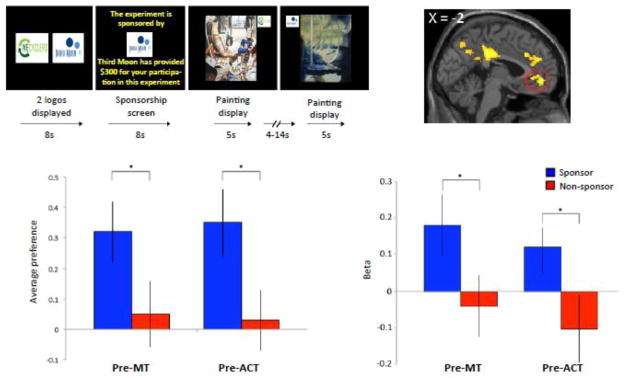Figure 1. Art-viewing paradigm: pre-training behavioral and neural results.

Top left: Art viewing paradigm. During fMRI scanning one of two company logos was associated with funds ($300) that participants received for study compensation. Subsequently, 60 paintings were presented that displayed either the sponsor or nonsponsor logos during a passive scanning run. In a subsequent behavioral run, participants provided preference responses for each painting.
Bottom left: Average preference responses across groups collected at the pre-training condition. Average preference responses grouped into sponsor (blue bars) and nonsponsor (red bars) conditions. The rating scale was a Likert-type scale (+3 to −3). Statistical analysis showed a significant difference between sponsor and nonsponsor conditions in the pre-training condition in both groups. Asterisks denote significance. Error bars represent SE.
Top right: Neural activity in the vmPFC encoding value signals emerged in a conjunction analysis in the pre-training condition between the contrast [sponsor > nonsponsor] for both the ACT and MT group.
Bottom right: ROI in vmPFC based on vmPFC MNI coordinates from our previous study (Harvey et al., 2010). β-values extracted for each group in the pre-training condition display significantly higher β-values for sponsor (blue bars) than nonsponsor (red bars) conditions in both ACT and MT group.
